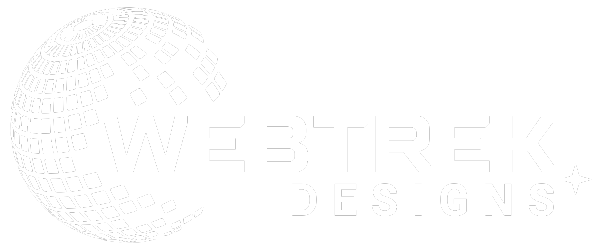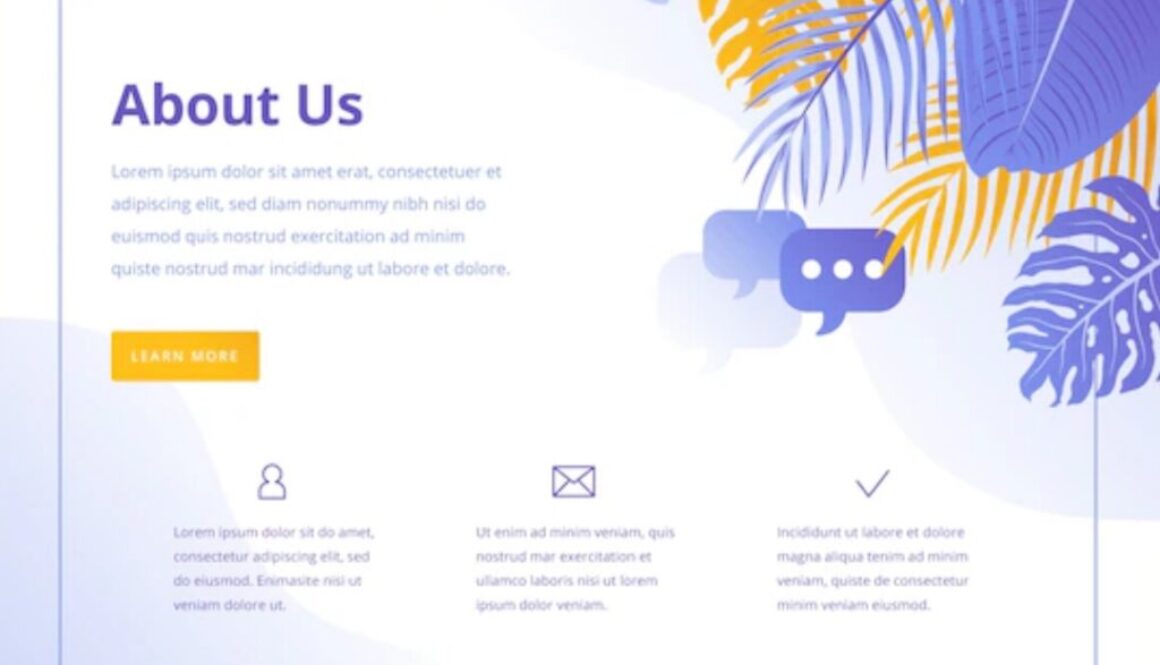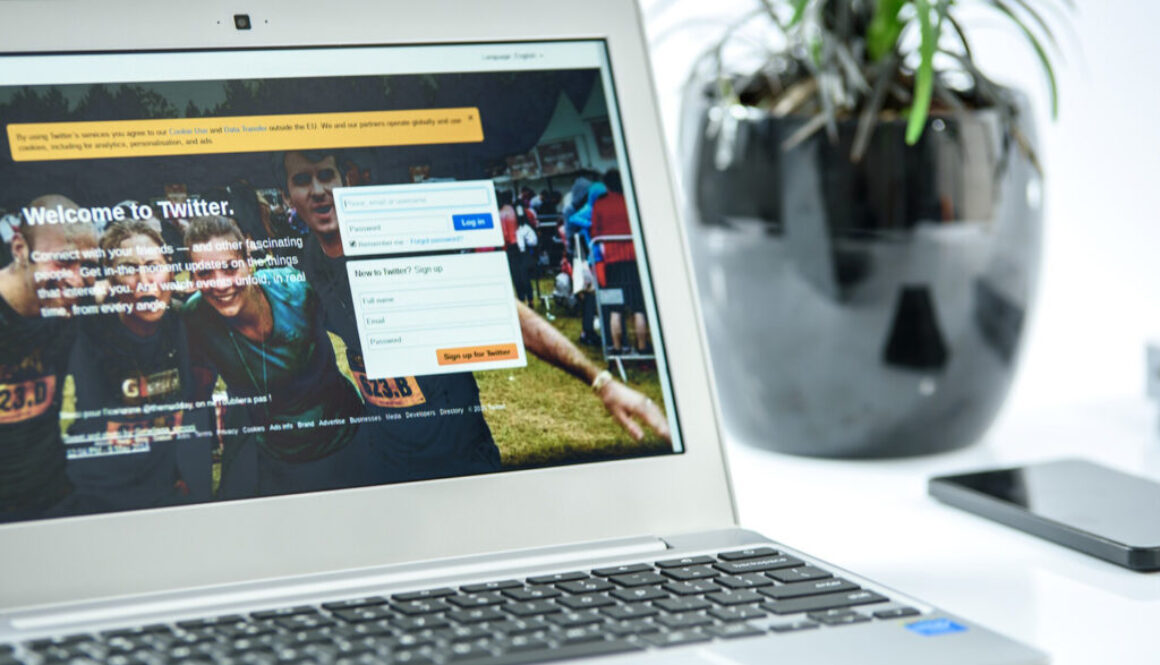About Us Page Best Practices: How to Build Trust, Tell Your Story, and Convert Visitors
When someone clicks on your “About Us” page, they’re not just looking for your business history—they’re deciding if they can trust you, relate to you, and buy from you.
An effective About page isn’t just a formality. It’s a strategic asset that builds credibility, communicates your brand values, and helps convert casual visitors into loyal customers.
Here are the best practices you should follow to craft a high-performing About Us page.
1. Start With a Strong Opening Hook
The first few sentences should capture attention and convey why your brand exists. Instead of starting with “We were founded in 2010…,” consider leading with your mission or a bold statement.
“At WebTrek Designs, we believe every small business deserves a stunning online presence—without the tech headaches.”
This type of hook draws the reader in emotionally and communicates value right away.
2. Tell a Relatable Brand Story
Humans connect through stories. Share why you started your business, the problems you faced, and how you’re helping others now. Keep it authentic and concise.
- Highlight a “before and after” transformation
- Show your values in action
- Don’t be afraid to be personal—people buy from people
3. Showcase Your Team (With Photos)
Putting faces to your brand helps build trust. Include high-quality photos of your team and add brief bios that reflect both personality and expertise.
Bonus Tip: Include fun facts or hobbies—it makes your team more relatable.
4. Highlight Your Unique Selling Proposition (USP)
What makes your business different? Why should someone choose you over the competition?
“We’re not just another web design agency. We specialize in elevating the online presence of small businesses through tailored design, smart strategy, and ongoing support—without breaking your budget.”
5. Add Social Proof
Your About page is a great place to include:
- Testimonials
- Client logos
- Case studies
- Press mentions or awards
This reinforces your credibility and builds trust.
6. Include a Clear Call to Action (CTA)
Once someone feels good about your brand, don’t leave them hanging. Invite them to:
- Schedule a call
- Explore your services
- Download a freebie
- Contact you
Example CTA: “Ready to level up your website? Book a free 15-minute consultation today.”
7. Keep the Tone Human and On-Brand
Match your tone to your brand’s voice—whether that’s friendly, professional, witty, or creative. Avoid vague, corporate language. Write like you talk.
8. Use Visuals to Break Up Text
A wall of text is overwhelming. Use:
- Headings and subheadings
- Images and icons
- Bullet points and spacing
- Timelines or infographics for your brand story
9. Optimize for SEO
Your About page can help with search rankings when optimized properly:
- Use keywords naturally (e.g., “web design for small businesses”)
- Add your business location for local SEO
- Use proper meta descriptions and ALT tags for images
10. Keep It Updated
An outdated About page hurts your credibility. Review it at least twice a year to:
- Update team photos
- Refresh services
- Add new testimonials or awards
Great About Page Examples for Inspiration
Here are a few brands that do it right:
- Basecamp – Clear story, personality, and values
- Warby Parker – Strong mission, relatable tone
- Mailchimp – Fun branding, visual storytelling
- WebTrek Designs (You!) – Once you apply these tips!
Final Thoughts
Your About page is one of the most visited—and most important—pages on your website. It’s where trust is built and relationships begin. When done right, it becomes a conversion tool, not just an information page.
Start with your story, build connection, and always end with an invitation to take the next step.
Want help creating or improving your About Us page? Contact WebTrek Designs for a free consultation.



